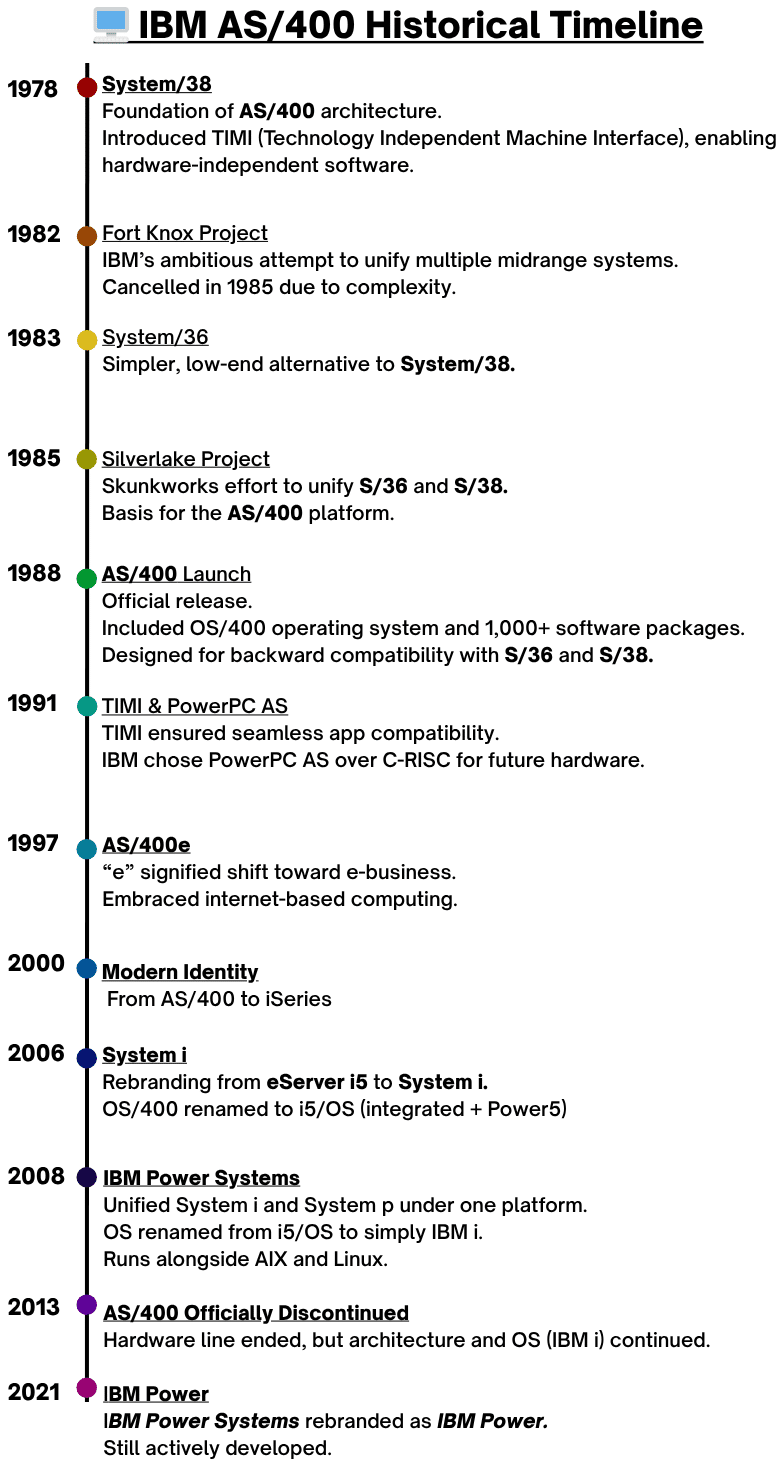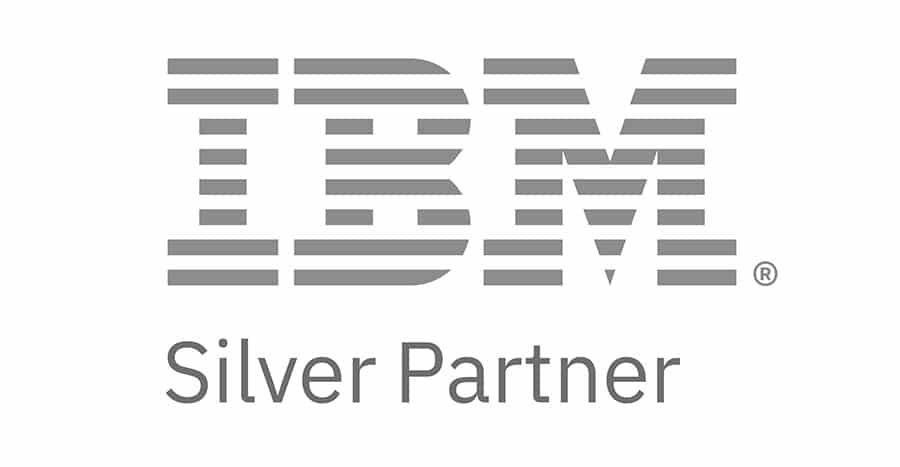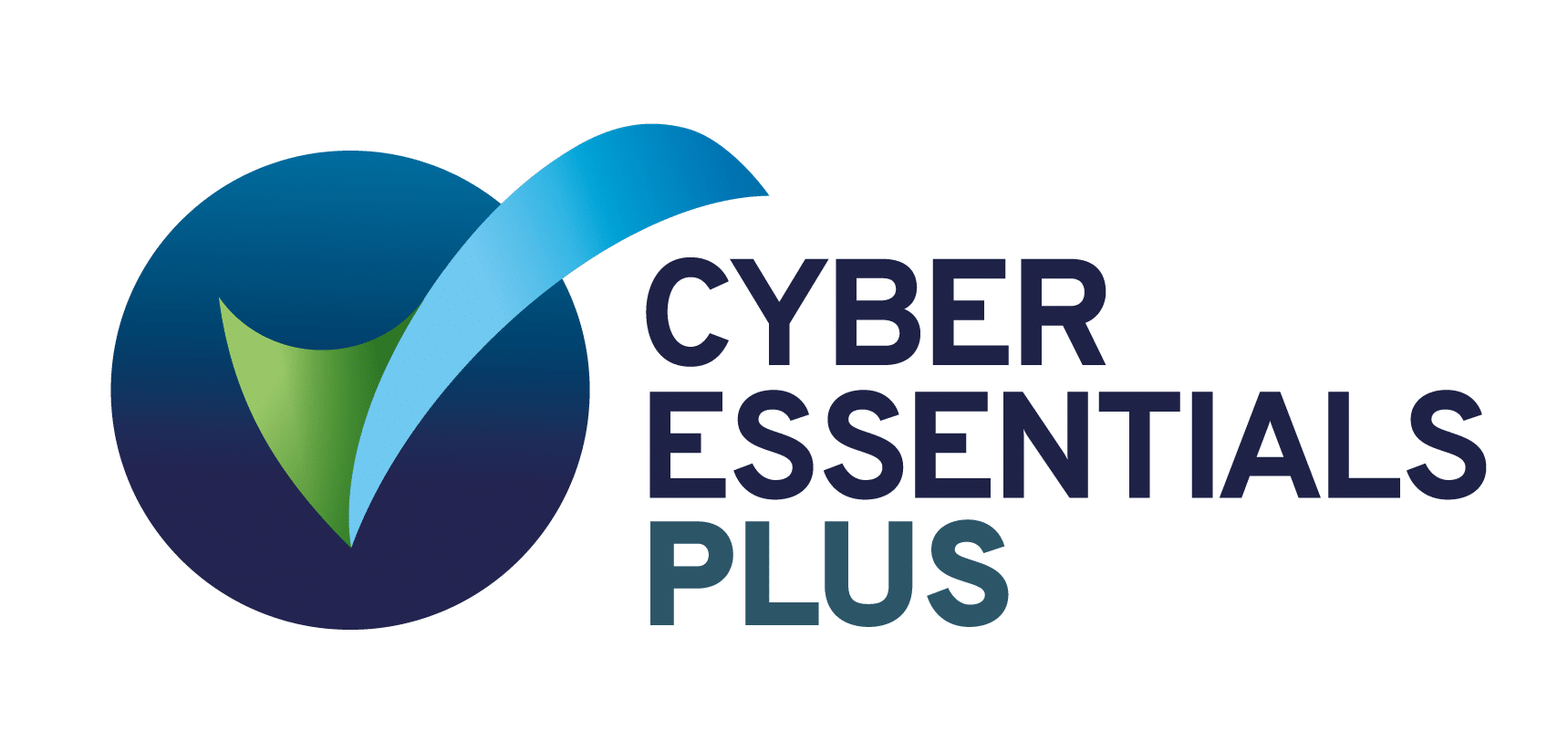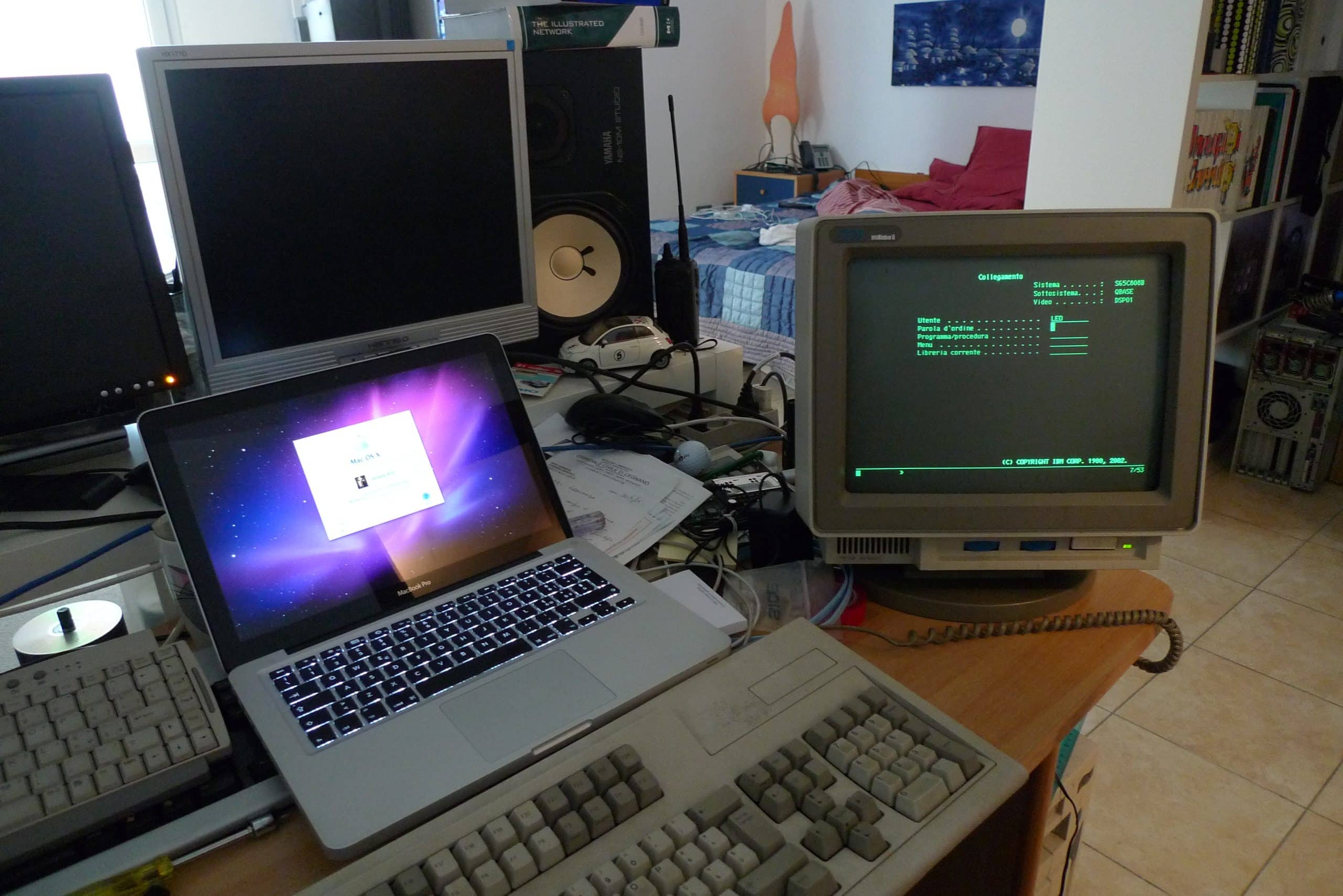What is the IBM AS/400?
Introduced by IBM in 1988, the AS/400 is a midrange computer system originally designed for small and medium sized businesses. It quickly gained recognition for its reliability, integrated architecture, and backward compatibility – a revolutionary system of it’s time. Its architecture and constant modernisation of features that have helped it remain a trusted platform in enterprise computing to this day.
The AS/400 – at present named IBM i -continues to support mission-critical operations in industries such as finance, manufacturing, and insurance.
While some call it a ‘legacy system’, at IMS, we prefer to call it legendary.
Where Did It Begin?
The AS/400 was developed as the successor to IBM’s System/36 and System/38. These earlier systems laid the architectural groundwork for what would become one of the most reliable platforms in computing.

System/36 and System/38:
The AS/400 combined the ease-of-use and business application focus of the S/36 with the forward-looking, object-based design of the S/38. In many ways, these systems were the skeleton of the AS/400.
The Fort Knox Project (1982–1985):
IBM’s ambitious effort to unify multiple midrange systems (including S/36 and S/38) into one platform. Although it never launched, Fort Knox influenced the thinking behind the AS/400.
The Silverlake Project (1985–1988):
After Fort Knox was cancelled, a small team at IBM started Project Silverlake with the goal to build a next-generation system that could run applications from both the S/36 and S/38 on a new system. Using the basis of the Fort Knox Project, this project became the AS/400.
Modern Identity
The AS/400 has a long evolution. First being rebranded to eServer iSeries, then System i, and now lives on as the IBM i, running on modern IBM Power hardware.
Official Discontinuation:
While the original AS/400 hardware line was officially discontinued in 2013, its legacy continues. The IBM i operating system (born as OS/400, now known as IBM i) still powers modern Power Systems today, with many businesses running mission-critical workloads on software originally written decades ago.
What Did It Start Out Like?
The original AS/400 was a fully “closed-box” system. IBM had the hardware, operating system (OS/400, now called IBM i), and DB2 database, all integrated into a single platform. It primarily ran applications written in RPG Cobol and connected terminals using twinaxial cables.
What set the AS/400 apart was its uptime, strong security, and low-maintenance design — qualities that earned it a reputation for reliability that still holds today. For example, IBM POWER9 are rated at 99.999% uptime. This translates to 1.75 minutes of downtime per year. How does that compare to the experience with x86 servers?
One of the platform’s greatest innovations was its use of the TIMI. Unlike typical systems where apps are compiled directly to hardware-specific code, AS/400 applications were compiled to TIMI. This design choice ensured forward compatibility: software written in 1988 can still run on today’s IBM i systems. From design to completion, IBM prioritised compatibility. This was a significant departure from the norm, where updates commonly caused system failures.
Login by Leonardo Rizzi
What Can It Do Now?
While the original AS/400 might bring to mind twinax cables and green-screen terminals, its modern descendant is certainly not out-dated. Today, the platform supports a wide range of modern features, including:
| AS/400 | IBM i | |
| Programming Languages | Mainly RPG, COBOL | Supports SQL, Python, Java, Node.js, PHP, etc. |
| Open-Source Support | Very limited | Full support: Git, PHP, Python, Node.js, etc. |
| Interfaces | Traditional green screen, proprietary | REST APIs, web services, full SQL access |
| Virtualisation | No virtualisation | Runs IBM i, Linux, AIX simultaneously |
| Cloud Support | None | Deployable on IBM Cloud & other clouds |
| Flexibility | Closed, proprietary system | Open, flexible, hybrid infrastructure ready |
| Reliability | Legendary reliability | Legendary reliability |
While the AS/400 was known for its reliability, integrated design, and backward compatibility, today’s IBM i has kept this legacy. It‘s the same reliable, worldwide used platform. Modern IBM i builds on previous strengths with modern features.
With our business and the engagement in continuous modernisation, the scope for your business to scale, work optimally and innovate more rapidly has never been easier.
The Future of IBM i
IBM i is built for the future, not the past. In 2025, IBM introduced its latest Power11 servers, delivering unmatched performance, scalability, and security for mission-critical workloads. Backed by a clear 10-year roadmap, IBM gives businesses the confidence that their investments will stay fully supported and continuously modernized. With cutting-edge infrastructure and a strategic vision for the decade ahead, IBM i stands as a platform engineered for sustained growth, innovation, and long-term success.
Is It a Legacy System?
A legacy system is an outdated computer system, software, or application that is still in use despite the availability of newer, more efficient alternatives.
Technically, yes. It originated over 30 years ago, and IBM officially cancelled the AS/400 over 10 years ago. Yet, why are businesses still continuing to use it?
The AS/400 has transformed into the cutting-edge IBM i platform. IBM i continues to innovate with frequent updates, modern development tools, and widespread industry adoption.oday, IBM i supports a wide range of modern languages such as RPG Free, SQL, Java, Python, PHP, Node.js, and even .NET through integration, proving it is anything but a “legacy” system.
There’s no reason to change—switching can be costly and complex, including expenses for migration, training, and potential downtime. That’s why leading global corporations like FedEx, Walmart, and over 100,000 other companies continue to rely on IBM i to power their critical business operations securely and efficiently.
This false title of “legacy” is leading to a growing talent gap, reinforcing the belief that businesses need to switch or be left behind.
At IMS, we call the AS/400 a legendary system.
How Can It Be Modernised?
- UI Modernisation
Replace green-screen interfaces with web-based UIs, accessible on mobile devices and from anywhere you want. - Code Modernisation
Refactor RPG into free-format RPG or migrate to languages like Java, PHP, or Python. - Integration
Use APIs and REST services to connect with external systems and data platforms. - Cloud Integration
Run workloads on cloud servers or build hybrid solutions.
👉 Ready to modernise your IBM i while preserving your systems?
Contact IMS today to start your journey with a free consultation.




